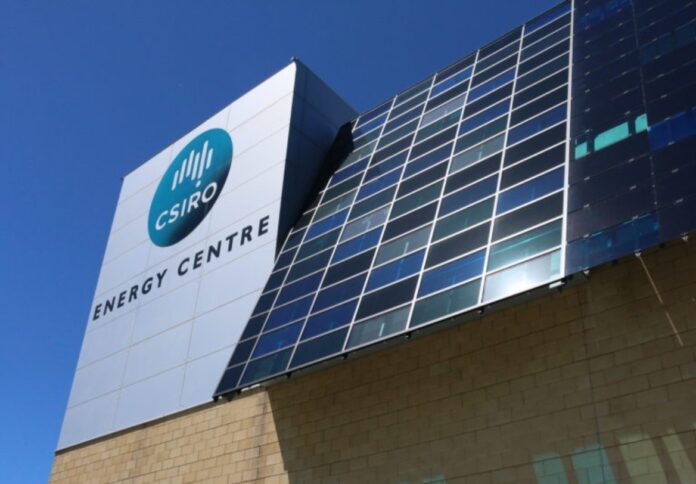
Renewable energy, particularly wind and solar, remains Australia’s cheapest new-build electricity generation despite a 20 per cent average increase in technology costs, the latest GenCost report revealed.
The 2022-23 report, issued by Australia’s national science agency CSIRO in collaboration with the Australian Energy Market Operator (AEMO), zeroed in on industry concerns that the rapid pace of global energy transition will contribute to escalating cost pressures.
These concerns are attributed to the immense scale of manufacturing, raw materials, and labour required to develop and deploy clean energy technologies consistent with net zero goals.
According to the report, technology cost pressures felt in Australia will revert to normal levels by 2027 but are delayed to 2030 in global scenarios where the speed of the energy transition is highest.
The GenCost report also found that technology rises are not consistent due to variations in material inputs and exposure to freight prices.
Furthermore, batteries are expected to play a crucial role in supporting both variable renewable generation in the electricity sector and the rapid expansion of electric vehicle deployment in transport.
“Australia’s energy challenge lies in the transformation of our existing energy system while ensuring the continuing delivery of sustainable, reliable and affordable energy as we strive to achieve net-zero emissions by 2050,” said Dietmar Tourbier, director of energy at CSIRO.
“This imperative is not only essential for environmental stewardship, but also to maintain Australia’s economic competitiveness in the global market,” Tourbier added.
Paul Graham, CSIRO’s chief energy economist and GenCost lead author, said the COVID-19 pandemic had resulted in lingering global supply chain constraints, which impacted the prices of raw materials required in technology manufacturing as well as freight costs.
The war in Ukraine has also caused increased inflationary pressures on the global supply chain by raising energy input costs for all industries.
“GenCost analysis anticipates that technology costs have mostly peaked and the risk of cost pressures extending beyond 2030 will be mitigated, as the global manufacturing capability established by that time will adequately meet deployment needs,” Graham said.




















